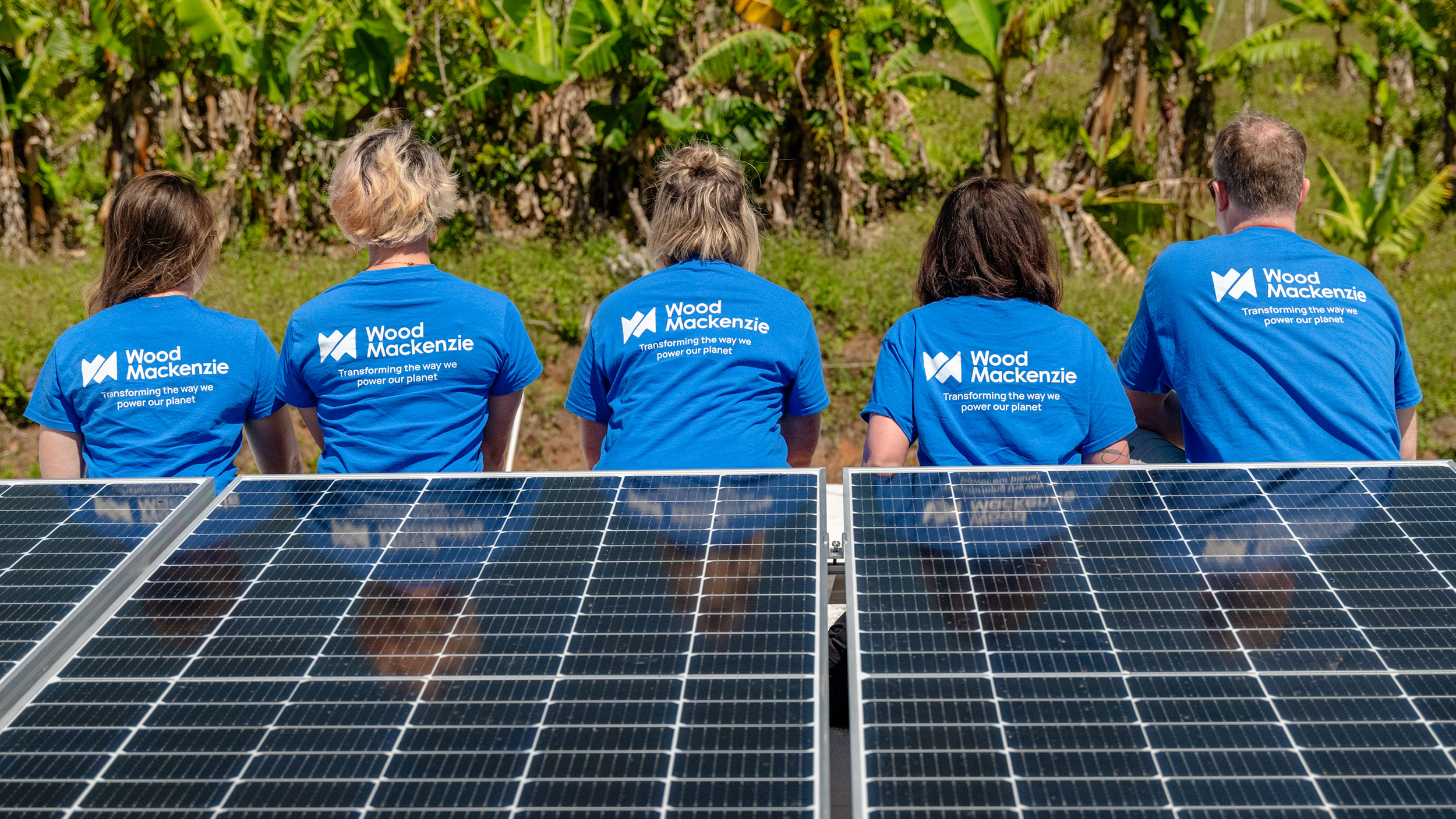Want to learn more about our metals and mining offerings?
Can America smelt again?
The power challenge of building new greenfield aluminium capacity.
3 minute read
Nassam Estibill Zalaquett
Principal Consultant, Metals & Mining, Americas

Nassam Estibill Zalaquett
Principal Consultant, Metals & Mining, Americas
Nassam has extensive experience across the natural resources value chain.
Latest articles by Nassam
-
Opinion
Optimism amidst despair: key takeaways from the 17th Lithium Supply and Battery Raw Materials Conference
-
Opinion
Can America smelt again?
-
Opinion
Copper: strategic insight amid policy risk and smelter margin pressures
-
Opinion
PDAC during turbulent times: navigating geopolitical shifts while placing bets on potentially resilient commodities
-
Opinion
Direct lithium extraction: is the hype justified by the reality?
Edgardo Gelsomino
Research Director, Aluminium

Edgardo Gelsomino
Research Director, Aluminium
Edgardo has over 30 years' experience conducting research and advising stakeholders across the aluminium industry
Latest articles by Edgardo
-
Opinion
Can America smelt again?
-
Featured
Investment in new aluminium capacity needed to avoid supply crunch
Uday Patel
Senior Research Manager, Global Aluminium Markets

Uday Patel
Senior Research Manager, Global Aluminium Markets
Uday has over 30 years of experience in the metals & mining sector and is focused on global aluminium markets.
Latest articles by Uday
-
Opinion
Can America smelt again?
-
Opinion
How do Western sanctions on Russia impact the global metals, mining and coal markets?
-
Opinion
Aluminium: things to look for in 2024
-
Featured
Aluminium vs plastic: who’ll win the water bottle war?
Challenges Facing America's Aluminium Smelting Revival
The United States once dominated global aluminium production, with vast smelting operations powering America's industrial might. Today, that dominance has crumbled. Rising energy costs and fierce international competition have decimated domestic capacity, leaving America increasingly dependent on foreign suppliers for this critical metal.
Two ambitious greenfield projects promise to reverse this decline. Century Aluminium and Emirates Global Aluminium have announced multi-billion-dollar smelting facilities, targeting combined capacity of over one million tonnes annually. Yet fundamental questions remain about their economic viability in America's challenging energy landscape.
Our latest analysis examines whether these projects can succeed where others have failed. Our research reveals the stark realities facing new aluminium capacity: soaring power costs, intensifying competition for energy, and the urgent need for substantial government support. The findings illuminate broader challenges confronting America's energy-intensive industries and the policy interventions required to maintain domestic manufacturing capabilities.
Rising energy costs threaten America's aluminium independence
The United States’ aluminium industry faces an unprecedented crisis. Domestic primary aluminium production has plummeted from approximately 1.6 million tonnes to 700,000 tonnes over the past decade - a dramatic 57% decline that threatens America's industrial base.
The deterioration stems from rising energy costs and ageing infrastructure. Operating smelters have dropped from eight to four facilities. Without immediate intervention, the US will import approximately 90% of its primary aluminium demand from foreign sources by 2040.
Economic viability under scrutiny
Wood Mackenzie conducted a comprehensive "ability to pay" analysis to determine economic viability thresholds for new US aluminium smelting operations. The analysis employed financial modelling incorporating target Internal Rate of Return parameters, Net Present Value calculations, and payback period requirements.
The study examined two announced greenfield projects. Century Aluminium's proposed facility in Ohio and Emirates Global Aluminium's planned smelter in Oklahoma. Both targetting approximately 500,000-700,000 tonnes per annum of capacity. Projected investments reach US$4 billion with operational timelines around 2030. Our analysis highlights a critical constraint: energy costs determine viability. To achieve attractive returns, power prices must fall well below current industrial rates, or market premiums must rise far above historical norms. The gap raises fundamental questions about competitiveness and supply security.
Competition intensifies for power resources
The analysis identifies intensifying competition for power resources as data centres and other high-demand industries enter the market. These sectors often accept premium rates and shorter contract terms than traditional industrial users like aluminium smelters.
US power demand is projected to grow at a compound annual growth rate of approximately 2% through 2040. Data centre expansion primarily drives this growth, fundamentally reshaping utility priorities and increasing competition for long-term power access.
This shift creates additional challenges for energy-intensive industries. Aluminium smelters require stable, long-term power contracts to justify massive capital investments. However, utilities increasingly favour flexible arrangements with higher-paying customers.
Policy support proves essential
Successful greenfield aluminium smelting requires substantial government support through:
- Power subsidies and direct grants
- Tax incentives and strategic tariffs
- Long-term utility partnerships
Century Aluminum is in line to receive up to US$500 million from the U.S. Department of Energy's Industrial Demonstrations Program, while EGA is expected to obtain approximately US$270 million in direct state funding, along with potential tax incentives. However, these support levels may prove insufficient given the fundamental economic challenges identified in the analysis.
The broader implications extend beyond individual projects. America's industrial competitiveness depends on maintaining domestic production capabilities in strategic sectors. Aluminium represents a critical input for aerospace, automotive, construction, and defense industries.
Looking ahead
The path forward requires coordinated action across multiple stakeholders. Government policy must address the structural challenges facing energy-intensive manufacturing. Utilities need clear incentives to offer long-term, competitively priced power contracts. At the same time, industry must show commitment through substantial private investment. Whether the U.S. can rebuild its aluminum smelting industry remains an open question—one with significant implications for the country’s ambitions to strengthen domestic supply chains
Learn more
Wood Mackenzie's analysis quantifies power price thresholds for project viability and examines competitive dynamics reshaping America's energy landscape.
Access the full report here or fill out the form at the top of the page to speak with a member of our expert Metals & Mining Consulting team.








